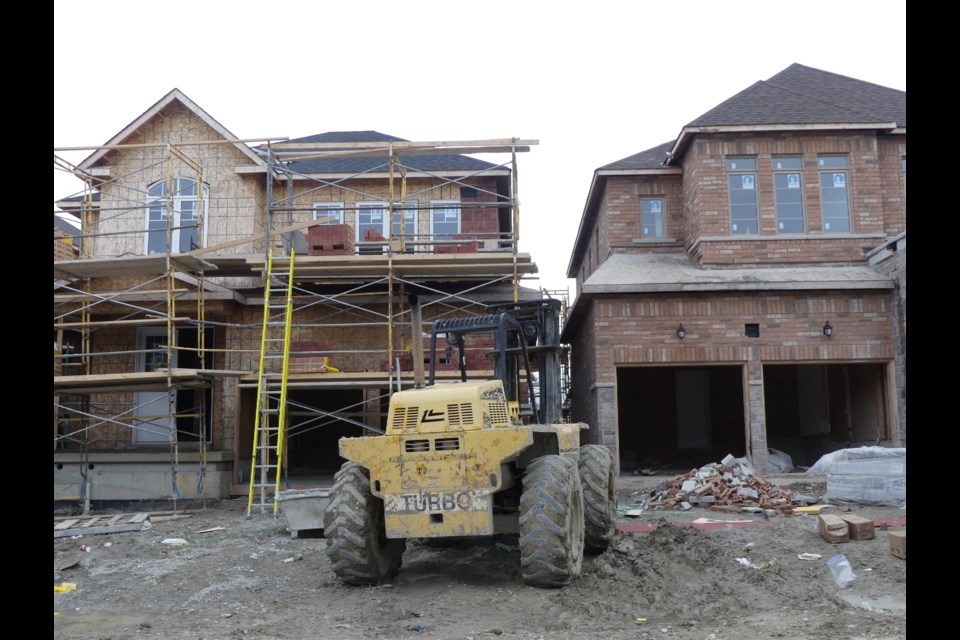York Region residents questioned growth plans and the obstacles that exist as the regional municipality prepares to expand by more than 800,000 people over 30 years.
More than 80 people attended an online open house July 27 to discuss the region’s growth forecasting and housing affordability challenges. The feedback will be used by the municipality in updates to its official plan.
Residents voiced concerns on issues that included impact on the environment and agricultural lands, housing affordability, and the need for more mixed-use development.
“Office and retail under one roof, where is the missing middle?” questioned one attendee named Angela. “We need more duplexes, triplexes, and low-rise middle density buildings.”
The region is conducting a municipal comprehensive review as it updates its official plan to account for new provincial growth projections. The draft trajectory calls for 50 per cent of future development to come from intensification in built-up areas, while most of the remaining development will occur through urban expansion into undeveloped "whitebelt" areas.
The plan will see Newmarket grow by about 20,000 people in 30 years, 86 per cent through intensification. Other places like East Gwillimbury will grow by more than 70,000 people through urban expansion.
Staff recognized several challenges to make that happen but said they are trying to account for them. Urban planner Paul Bottomley, for instance, said they are trying to ensure mixed-use is part of that intensification, and they will promote it along subway corridors.
“Missing middle, that also is an important feature in intensification — it’s not all high-rise,” he said, adding local municipalities will be able to direct that development. “There are other locations in the region where a lower or more gentle form of intensification may be more appropriate based on the local context.”
The municipal presentation keyed on housing affordability as a significant issue to overcome for growth planning. Rising housing prices have driven people out of York Region, which has lost population to intra-provincial migration for the past five years as housing prices have spiked to approximately $1 million on average.
“A lack of affordable housing options may limit those who can live in York Region,” Bottomley said, adding that growth will be needed to pay for the infrastructure investment the region is making. “It will also impact the timing of planned infrastructure, and ultimately the region’s financial sustainability.”
Average resale prices in York Region have risen 155 per cent since 2008, compared to a 29 per cent increase in household income.
But Bottomley said York is planning to address the issue through programs to increase and sustain housing rental supply and support home ownership. It is also looking at different forms of housing, such as modular.
An anonymous viewer asked about the impact on food production in using 80 per cent of the rural, whitebelt lands for growth, much of which is farmland. Director of long-range planning Sandra Malcic said it is a concern they have heard from the sector and it will be factored into a report to council on growth trajectories in September.
“One of the biggest challenges planners have to address,” she said.
Senior planner Lauren Sauve said climate change targets — including York’s goal of reaching net-zero emissions by 2050 — will be incorporated into the plan update.
Council will receive a report on alternative growth scenarios in the fall, which could change the amount of intensification versus urban expansion. A new draft official plan will be completed by the end of the year, which will lead to more consultations before expected adoption in summer 2022.
Bottomley said although the plan is taking to account 30 years of growth, there will be changes in the future.
“2051 is a long way away,” he said. “We’ll be monitoring the situation every five years, 10 years, making adjustments as appropriate."
You can fill out a survey to provide feedback on expanding housing options at york.ca/haveyoursay.
